Samsung’s next big flagship family, the Galaxy S26 series, is expected to arrive in early 2026 — likely January. Based on leaks, patent info, firmware hints, and trade-industry chatter, Samsung is preparing more than just incremental upgrades. Below are the 8 biggest potential changes for the S26 lineup, along with what these might mean for users and competitors.
1. Lineup Shake-Up: New Names, Edge vs Plus, and a Consolidated Number of Models
- Samsung appears to be considering retiring the “Plus” model. Instead, rumors point to editions like Galaxy S26 Pro, Galaxy S26 Edge, and Galaxy S26 Ultra. The base model may be rebranded as “Pro.” Some leaks suggest the Edge variant could replace the Plus entirely.
- Depending on region, Samsung may offer three or four variants. The Edge might be a slimmer-stylized model rather than simply a bigger screen.
- The renaming reflects the idea that “Pro” is now baseline premium, while “Edge” offers design differentiation. “Ultra” remains the top end with all the bells and whistles.
2. Chips & Processing Power: Snapdragon + A Return of the Exynos
- The Ultra variant is rumored to use the next-generation Snapdragon 8 Elite Gen 5 (or equivalent). Other models might get the Exynos 2600, built on a 2nm process.
- The Exynos chip, which some regions will likely see, was once delayed but is now believed to have yields good enough for inclusion. Regions like Europe, India, and parts of Asia may see the Exynos version, while others (e.g. U.S., South Korea) might only receive Snapdragon.
- Alongside raw performance, expect better power efficiency, especially under AI workloads, as Samsung pushes new models of “Galaxy AI” functions in software (see below).
3. Charging & Battery: Faster Speeds, Thinner Builds
- The Ultra model may finally see a jump to 60W (or ~65W) wired charging in place of current ~45W. It won’t necessarily be record-breaking but will improve real-world charging time.
- Wireless charging is likely to upgrade too: support for the newer Qi2 standard may be included, especially in the Edge and Ultra variants, possibly by adding magnets or improved alignment to help make wireless taps more reliable and efficient.
- Battery capacities: The Edge model might see modest gains (from the current ~3,900 mAh up to ~4,200-4,400 mAh) thanks to denser battery cells. The Ultra may maintain around 5,000 mAh but benefit from efficiency optimizations (display, chip, etc.).
- Samsung is also reportedly trying to make some models thinner (camera modules especially) without compromising battery or structural integrity.
4. Display & Materials: Brighter, Thinner, Smarter
- The Ultra is rumored to adopt a new OLED panel (M14), which would be brighter and more efficient. Additionally, display technologies like CoE depolarizer tech may be used to reduce thickness and internal reflection (better outdoor visibility).
- Privacy-oriented features may also be introduced: for example, display modes that limit viewing angles to make side-glances less informative — good for sensitive content or usage in public places.
- Design tweaks: the phone may have softer, more rounded corners; the S Pen (on Ultra) is likely to stick around but perhaps with a slightly curvier top to align with overall design changes.
5. Cameras: Upgrades Where It Counts (Especially Ultra + Edge)
- The Ultra model is expected to adopt a 200MP main sensor (possibly Sony) with a larger size (e.g. 1/1.1-inch vs prior 1/1.3-inch), which would improve light gathering and low-light photography.
- Improved telephoto and ultrawide sensors are also likely: in particular, ultrawide cameras getting 50MP instead of older lower-MP chips for Edge/Plus variants. Telephoto zoom (5x or similar) may see aperture improvements or better sensor tech.
- Some leaks even suggest variable aperture might return to the Ultra, offering more control over depth of field and exposure in challenging lighting.
6. Build & Design: Slimmer Profiles, Premium Materials
- The Edge variant might be slimmed down significantly: rumor has it it may drop below ~5.8 mm to ~5.5 mm thickness while still holding a reasonably large battery.
- The Ultra may lose a little weight or thickness relative to the S25 Ultra, possibly by slimming down the camera bump and using advanced materials.
- Material upgrades are expected: titanium or other premium alloys for Ultra/Edge frames, improved glass or coatings (e.g. better Gorilla Glass or Armor Glass) to reduce reflectivity and increase durability.
7. Software & AI Enhancements: Galaxy AI, Multiple Assistants & Smarter UI
- Samsung’s software stack (One UI) is expected to be updated (One UI 8.5 or newer) atop Android 16 (or the latest available).
- Generation of AI features is expected to accelerate: smarter assistant options (possibly integrating third-party AI like Perplexity), improvements in on-device AI for camera, personalization, predictive functions, possibly optimized voice and translation tools.
- The UI itself may get visual enhancements: people are talking about a “Liquid Glass” or frosted glass effect (translucent layers, blur effects) in notifications, menus, etc., to give things a more premium, modern look.
8. Additional Features & Minor Enhancements
- Contactless payments may see improved NFC hardware: adding a secondary NFC antenna (for example at the top of the device) to reduce mis-taps and improve reliability.
- RAM & storage configurations: standard models may get bumped in base RAM/storage, Ultra models may offer larger storage options (512GB, 1TB) more widely.
- Minor but noticeable trims: more uniform bezels, slightly improved durability, better heat dissipation, and perhaps some tweaks in speakers, haptics, and charging port control.
What’s Unclear & What to Watch
- Whether all rumored features will make it to launch; leaks and rumors often change or get scaled back.
- The pricing strategy: If base “Pro” models become richer in features, base pricing may creep up. How Samsung balances premium pricing vs competition will be key.
- Regional chip versions (Snapdragon vs Exynos) and how that affects performance, efficiency, and buyer perception in different markets.
- Whether design changes or sonic features like Edge vs Pro will influence buyer decisions, or whether many will stick to Ultra for the full experience.
Why These Changes Matter
- Keeping up with Rivals: Competitors in the Android world and from China are pushing aggressive specs — higher resolution cameras, faster charging, lower power displays, etc. Samsung needs meaningful upgrades to stay competitive.
- Premium Features as Baseline: What used to be Ultra-oriented features are creeping into regular or Edge/Pro models. This raises the premium base standard.
- AI as Differentiator: With AI becoming central to device experience (not just cameras but voice, predictive features, etc.), these software investments may prove as important as hardware.
- Consumer Expectations: Users increasingly expect better battery life, better low-light photography, sleeker design, and more reliable wireless charging. Falling behind in any of these can be a visible weakness.
Verdict: Should You Hold Out for S26?
If you’re in the market for a new flagship now, the S25/U models are solid. But if you value camera performance, battery improvements, or are excited about the promise of Galaxy AI and newer chip tech, waiting for the S26 could be worth it.
The Ultra seems to offer the most substantial upgrades. But even regular or Edge/Pro variants are expected to see enough improvements that they might offer better long-term value — assuming pricing holds steady and Samsung delivers as rumors suggest.

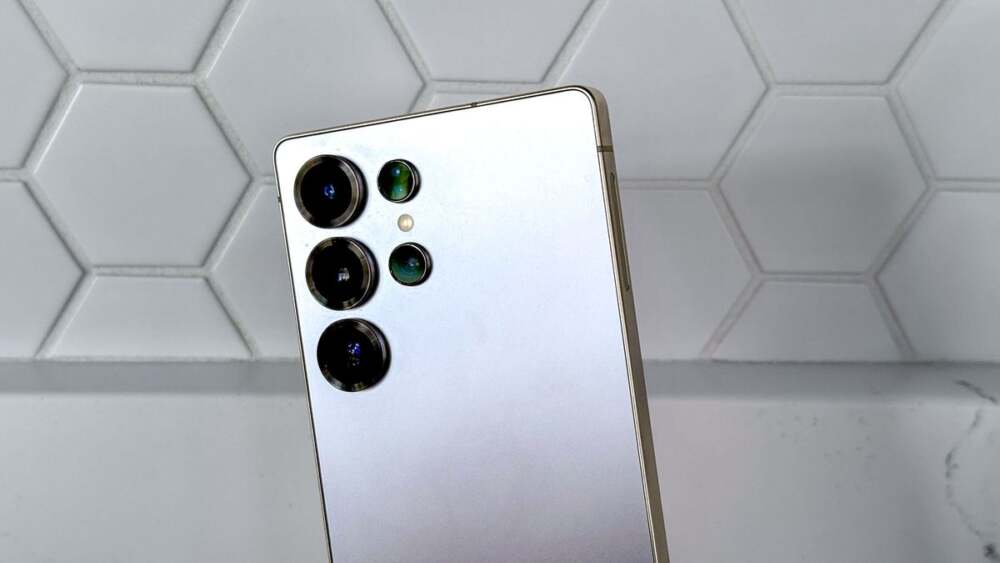
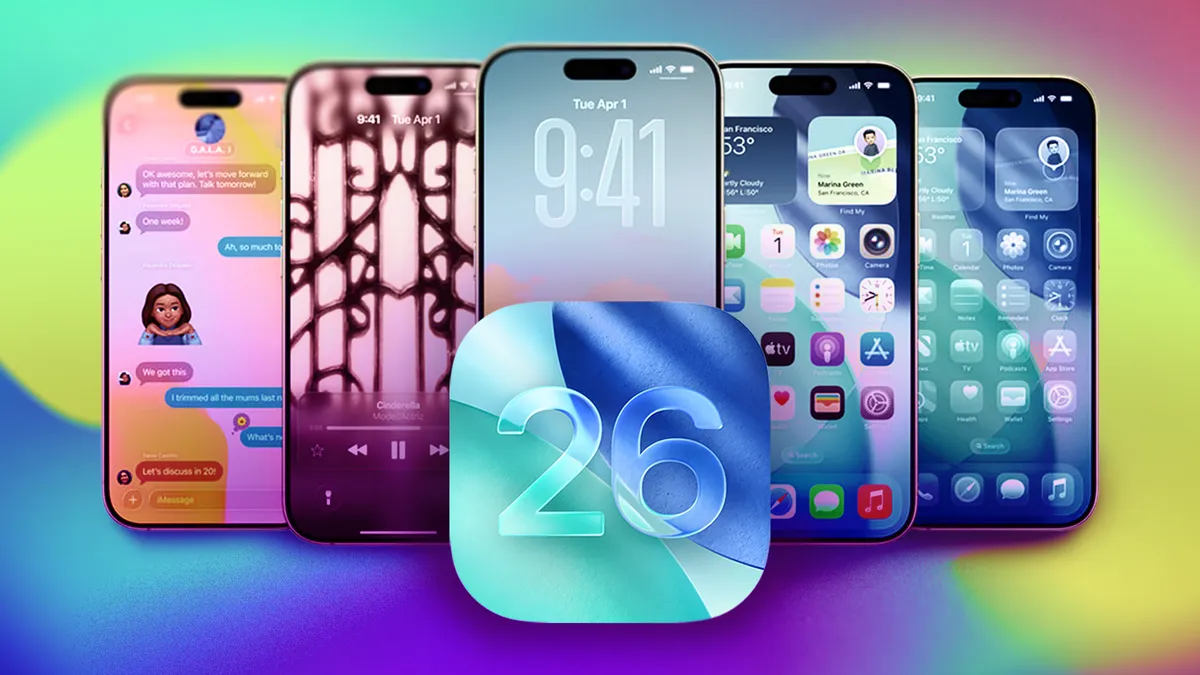

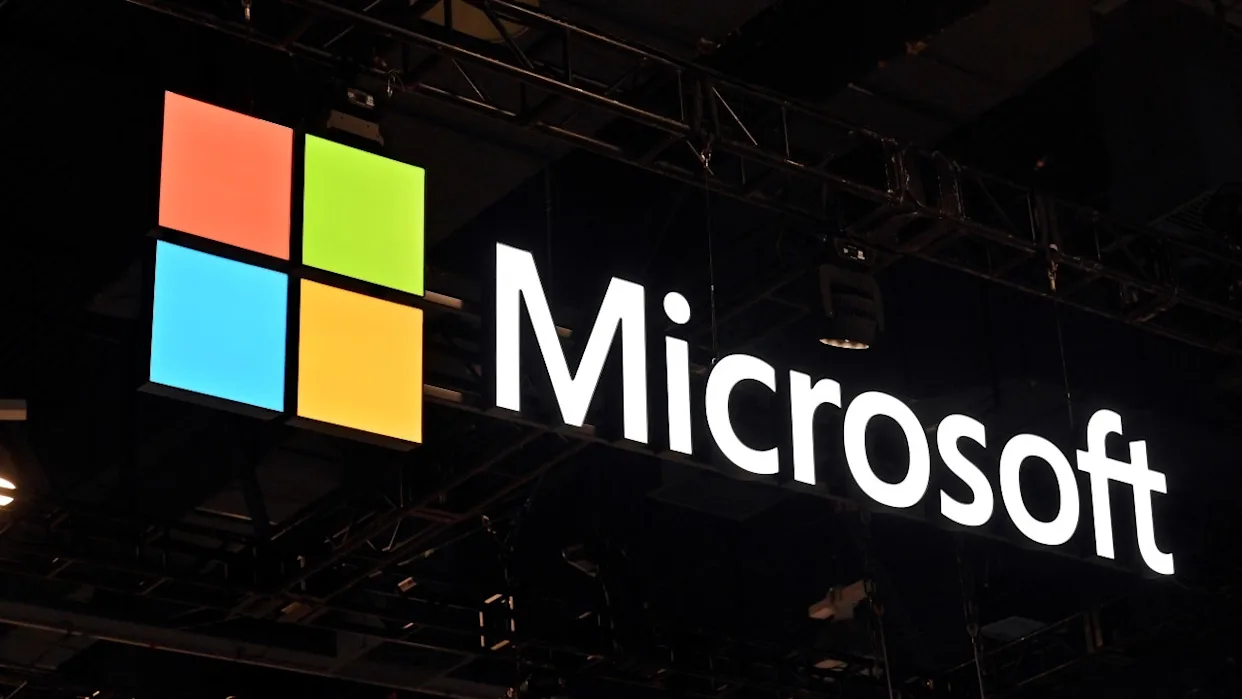



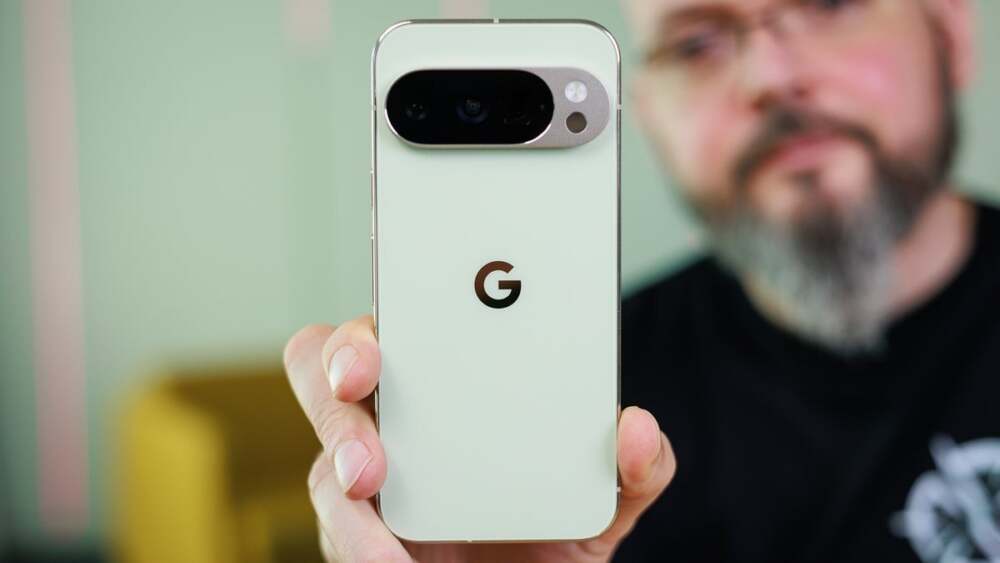

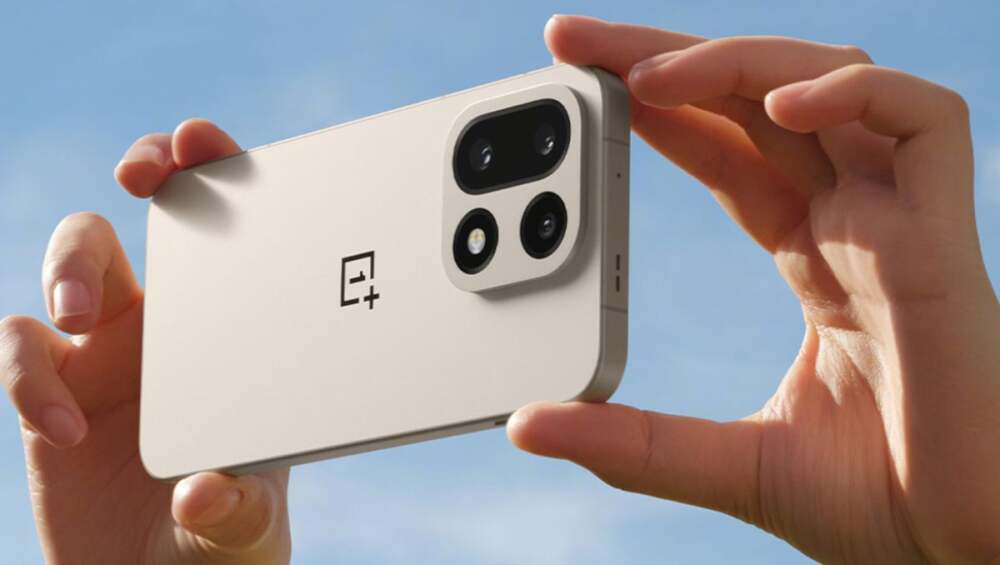





Leave a Reply